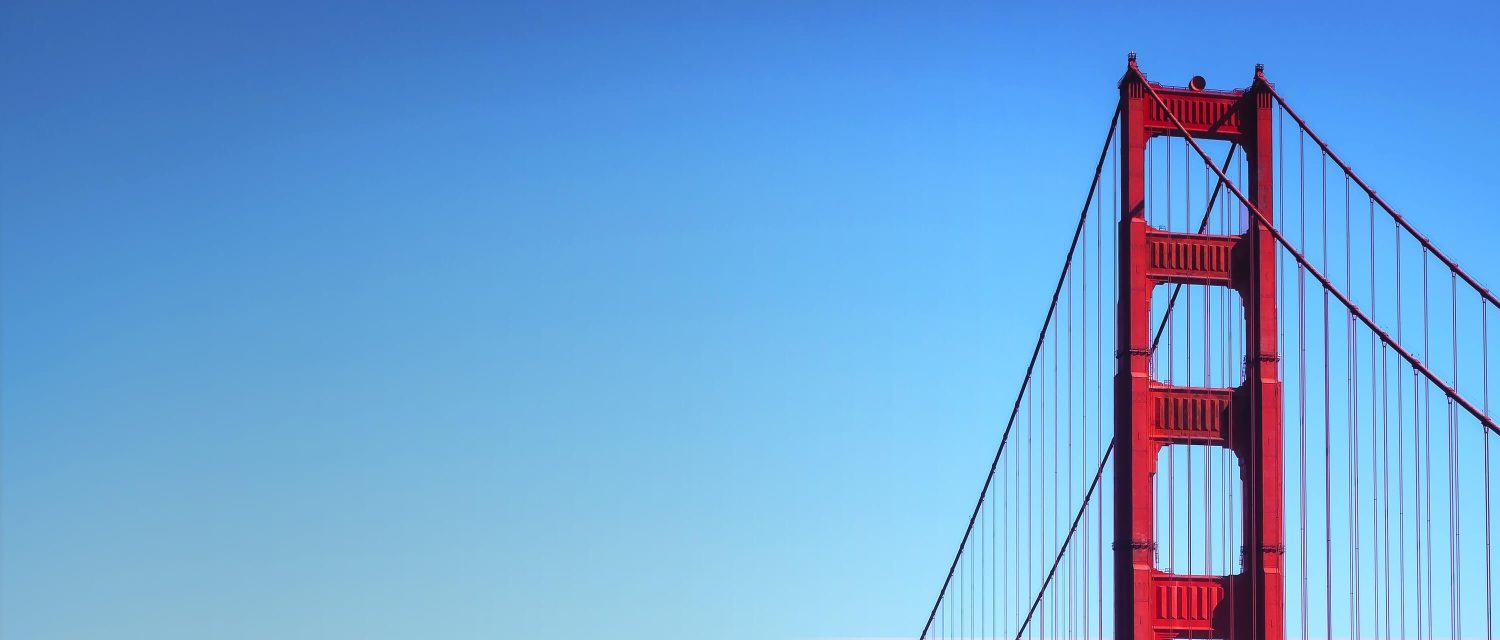

Flights to San Francisco
Touch down in San Francisco on one of our daily, direct flights from London Heathrow and you’ll be scaling the hills of San Francisco before you know it.
Flight info
Climate
Travel requirements
Local info
We fly to San Francisco daily
11 hour flight time
Flights from London Heathrow (LHR)
- Monday
- Tuesday
- Wednesday
- Thursday
- Friday
- Saturday
- Sunday
Discover San Francisco
It’s hard not to fall in love with San Francisco. From the mist rolling in under the Golden Gate Bridge to the pretty Victorian architecture and the old-fashioned cable cars, San Francisco has the perfect mix of old meets new.